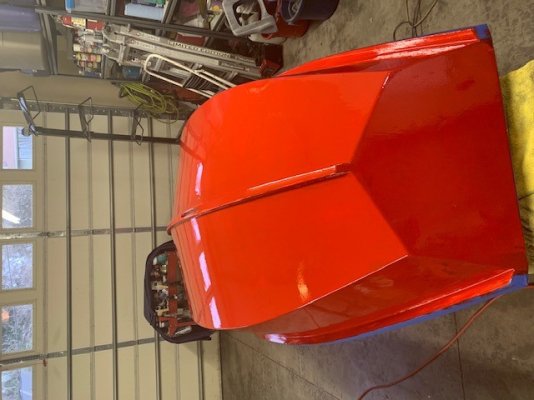GoneDiving
Guru
I'm looking to do a full repaint of my 54 footer. All joinery has been removed so it's all external walls and decks (2 pack polyurethane) and internal cabin and hull (household exterior gloss). Below decks are a lot of ribs and spars that would be very time consuming with a brush and roller. Gloss white everywhere except a light tan to the cockpit deck.
Has anyone done a similar job with an airless sprayer? Do they save time, effort, paint? Are weekend warrior $500 units useful or garbage? I can't justify a $5000 unit for the one job and then irregular use.
Comments?
Thanks
Has anyone done a similar job with an airless sprayer? Do they save time, effort, paint? Are weekend warrior $500 units useful or garbage? I can't justify a $5000 unit for the one job and then irregular use.
Comments?
Thanks


